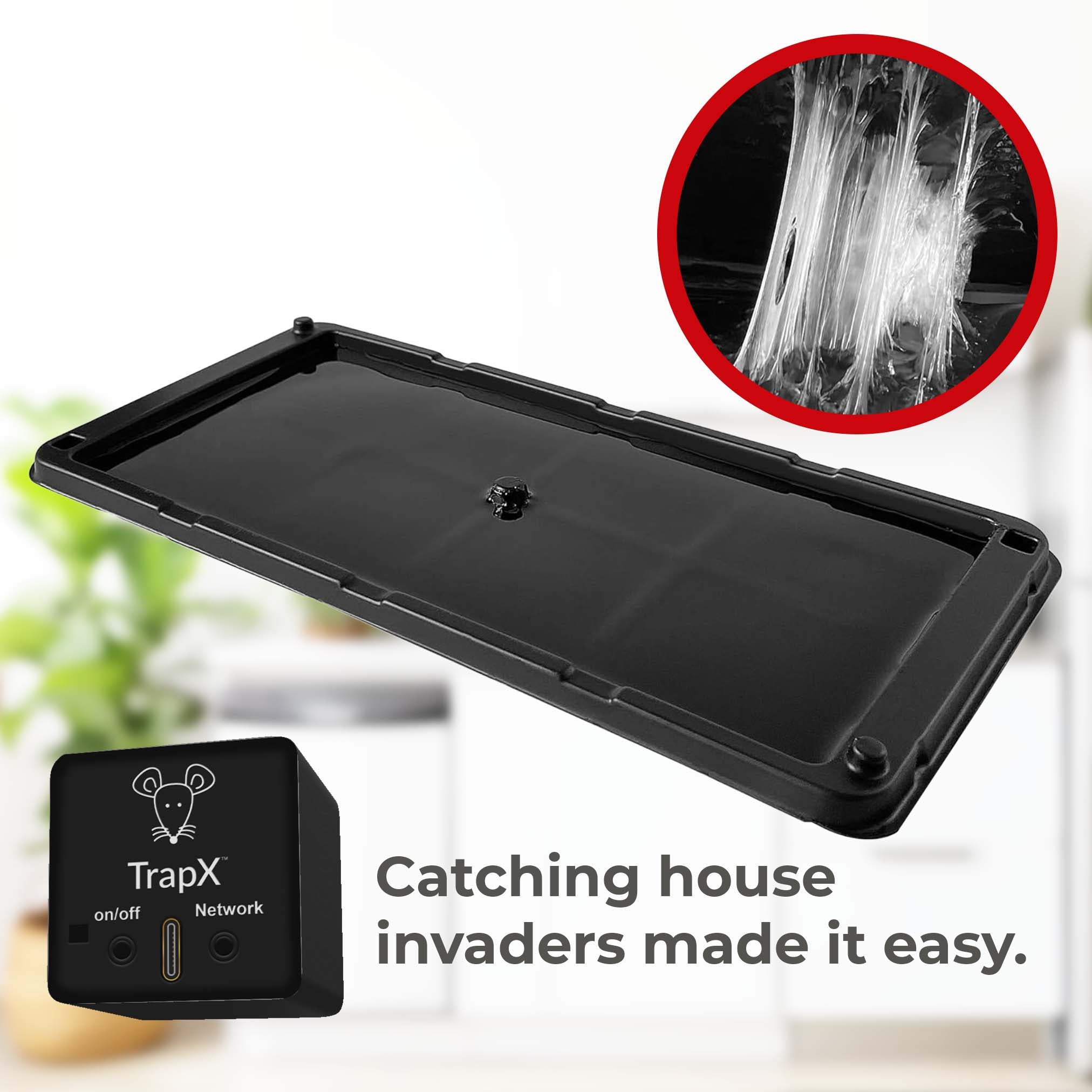How To Install Rodent Mesh
Share
Rodent infestations can be a troubling issue for many homeowners. While traditional traps and poison can be temporary fixes, a more permanent solution is installing rodent mesh. This step-by-step guide will walk you through how to install rodent mesh effectively to keep those pesky critters at bay.

Why Install Rodent Mesh?
Rodent mesh is a durable material that can be used to rodent-proof various areas of your home, including vents, gaps, and other entry points. It's a long-lasting solution that doesn't rely on harmful chemicals, making it safer for households with children and pets.

Materials Needed for Installing Rodent Mesh
- Rodent mesh (Galvanized steel or stainless steel)
- Heavy-duty scissors or wire cutters
- Measuring tape
- Screws and anchors
- Drill
- Gloves
- Safety goggles

Step-by-Step Guide
Step 1: Identify Vulnerable Areas
First, conduct a thorough inspection of your home to identify where rodents are likely to enter. Common entry points include small gaps in walls, attic vents, and around the foundation.
For more detailed information on identifying entry points, check out our article on entry points.
Step 2: Measure and Cut the Mesh
Using a measuring tape, measure the size of the gaps or vents you need to cover. Cut the rodent mesh to the appropriate size using heavy-duty scissors or wire cutters. Remember to wear gloves to protect your hands.
It's essential to know the right tools for the job. Learn more in our guide on rodent control tools.
Step 3: Secure the Mesh
Place the cut mesh over the identified area and secure it with screws and anchors using a drill. Make sure the mesh is tightly fixed to prevent any rodent from pushing through.
Proper installation is key. Our article on mouse traps installation provides more insights.
Step 4: Inspect Your Work
Double-check all installed meshes to ensure they are securely in place. Conduct periodic inspections to ensure no new entry points have been created.
Regular maintenance is crucial. Read our tips on how to maintain rodent traps effectively.

External Resources
For more detailed information on how to install rodent mesh, visit this guide.
FAQ
Q1: What type of mesh is best for rodent control?
A1: Galvanized steel mesh and stainless steel mesh are both excellent choices for rodent control. They are durable, rust-resistant, and difficult for rodents to chew through.
Q2: Can I install rodent mesh myself?
A2: Yes, installing rodent mesh is a straightforward DIY project. With the right tools and materials, you can effectively rodent-proof your home.
Q3: How often should I inspect the rodent mesh?
A3: It's advisable to inspect the mesh every few months to ensure it's still securely in place and no new entry points have been created.
As an Amazon Associate, I earn from qualifying purchases.
